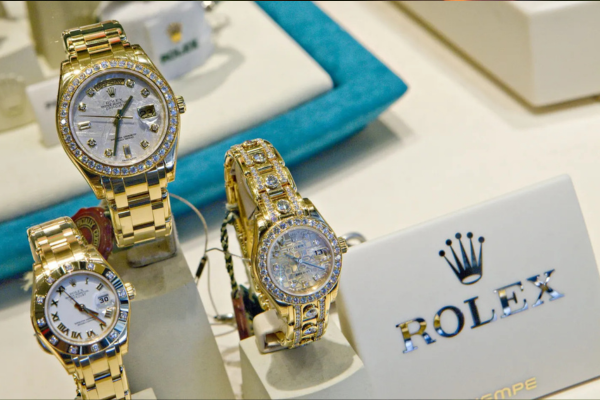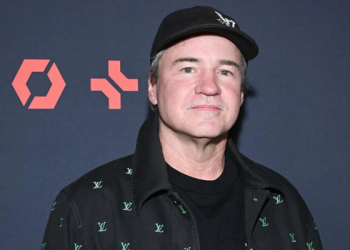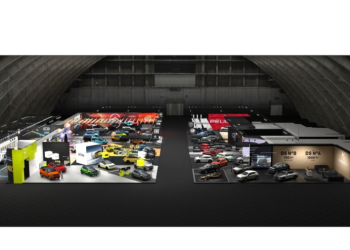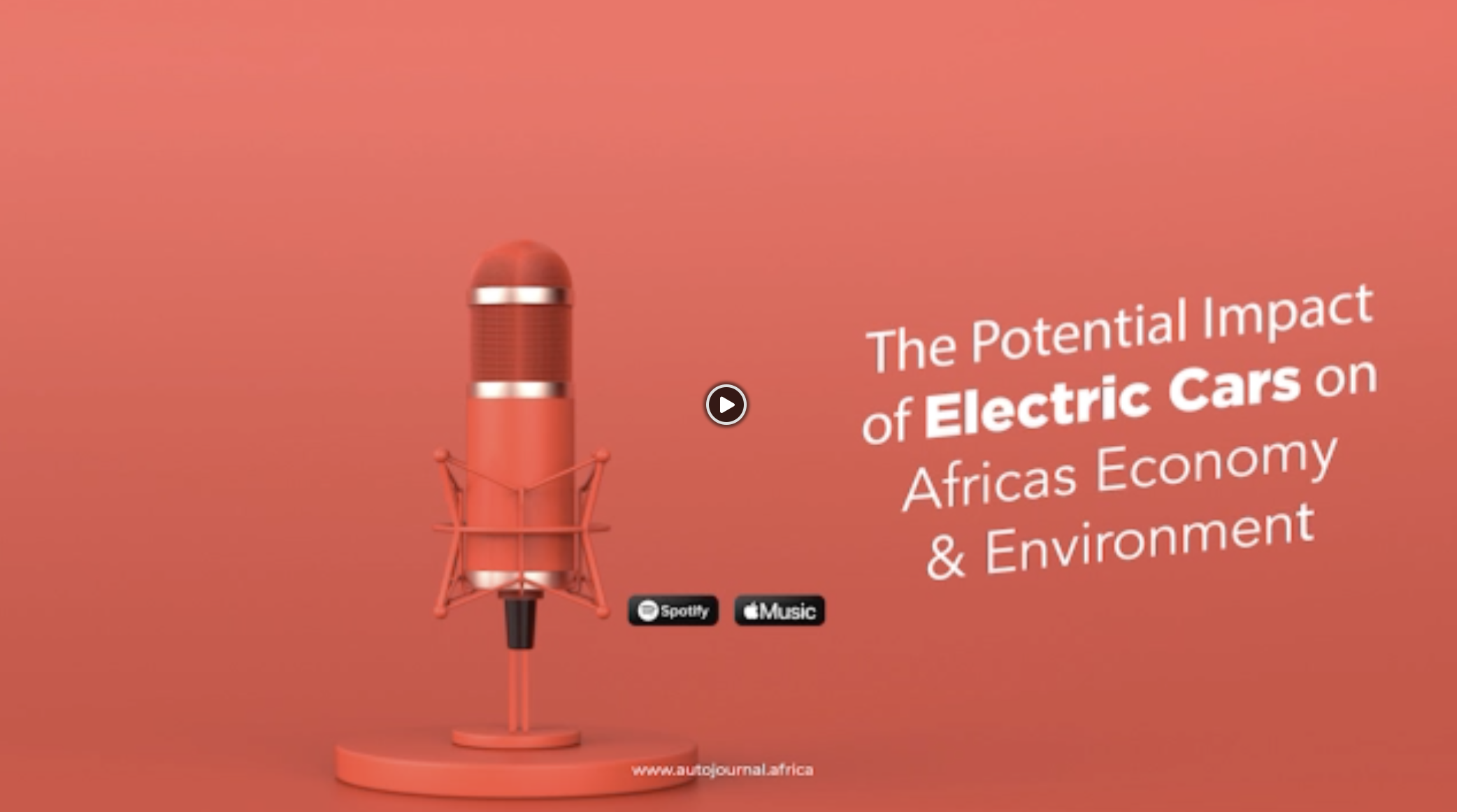Luxury watches are no longer just about telling time. For many, they are a mark of identity, wealth, and legacy. In a world where smartphones dominate, high-end watches remain symbols of precision, craftsmanship, and emotional connection.
In 2025, five brands dominate the global luxury watch market: Rolex, Patek Philippe, Audemars Piguet, A. Lange & Söhne, and Omega. Together, they account for an estimated $22 billion in annual sales, according to Morgan Stanley’s watch industry report. Rolex alone controls about 30% of the Swiss watch market, cementing its role as the undisputed leader.
Rolex: Power and prestige
Founded in 1905 in London and now based in Geneva, Rolex produces around 1.2 million watches a year, each selling between $5,000 and $75,000. Its most iconic model, the Submariner, has accompanied explorers to Mount Everest and divers to the Mariana Trench. The brand pioneered the waterproof “Oyster” case and introduced the world’s first self-winding wristwatch in 1945.
A vintage Rolex Daytona once owned by Paul Newman sold for $17.8 million at auction in 2017, proving these watches can be as much an investment as a fashion statement.
Patek Philippe:
Patek Philippe, founded in 1839, is known for creating fewer than 60,000 watches per year, making each piece a rare find. Since its inception, fewer than 1 million Patek Philippe watches have been produced, less than Rolex makes in a single year. Its Nautilus 5711 model regularly resells for over $100,000, far above retail value.
Audemars Piguet: Royal Oak Legacy
Audemars Piguet, established in 1875, secured its fame in 1972 with the Royal Oak, the first luxury stainless-steel sports watch. The brand produces about 50,000 watches annually, catering to high-profile fans like Jay-Z and LeBron James. The Royal Oak’s design helped shift global watch trends, blending durability with elegance.
A. Lange & Söhne: Germany’s Revival
Germany’s A. Lange & Söhne, founded in 1845 and revived in 1990 after the Cold War, is admired for technical innovation and distinct asymmetric designs. The Lange 1 model is its hallmark. With production capped at just 5,000 watches per year, Lange offers exclusivity beyond most Swiss brands.
Omega: Speedmaster to the Moon
Omega, founded in 1848, is the only watch brand worn on the moon. The Speedmaster was strapped to Buzz Aldrin’s wrist during the Apollo 11 mission in 1969. Omega continues to produce about 600,000 watches annually and is one of the most accessible luxury brands, with models starting around $3,500.
Its reputation is strengthened by ambassadors like George Clooney and its history of precision records, including sweeping all six categories at the 1931 Geneva observatory trials.
Why luxury watches still matter
The global luxury watch market is expected to grow to $75 billion by 2030, driven by demand from collectors and younger buyers in Asia. Beyond style, watches have become alternative investments. According to Knight Frank’s Wealth Report, rare watches rose 5% in value in 2024, outpacing gold.
Read more on From NASA cameras to Rolex watches: What happens to lost luggage?





















